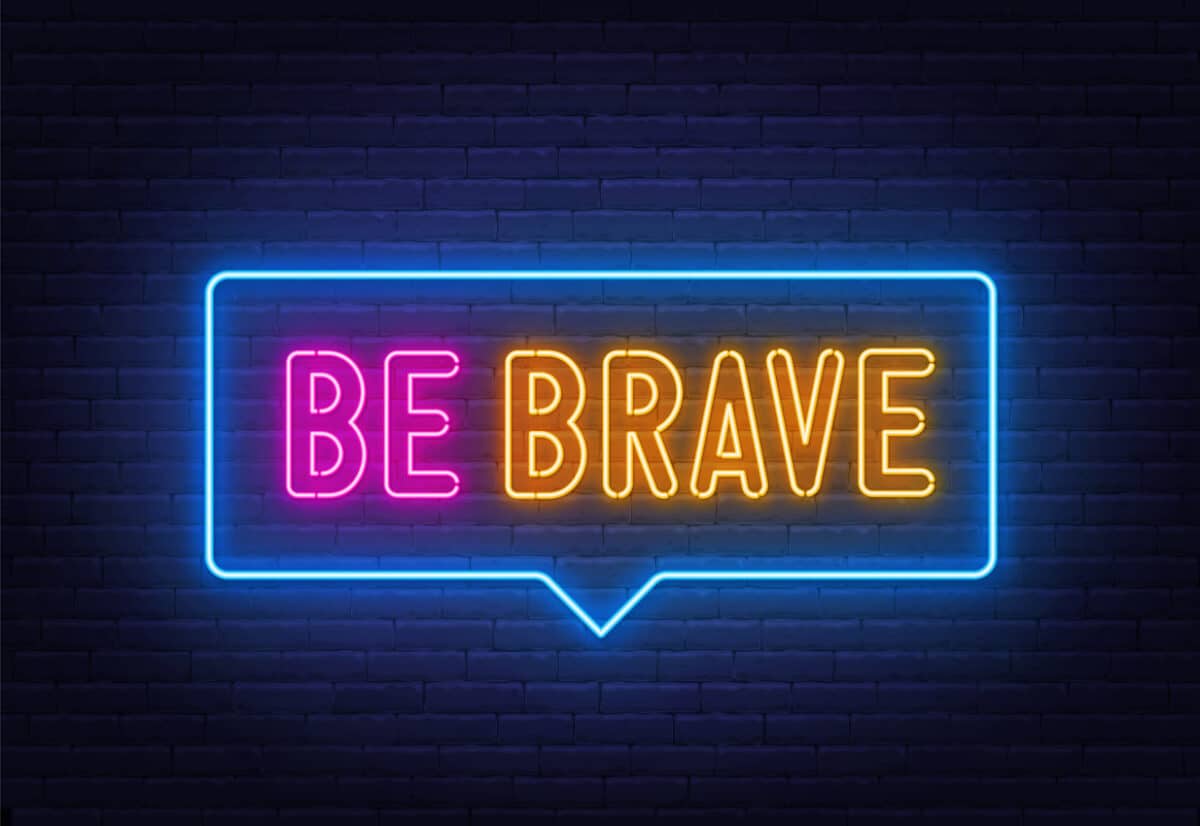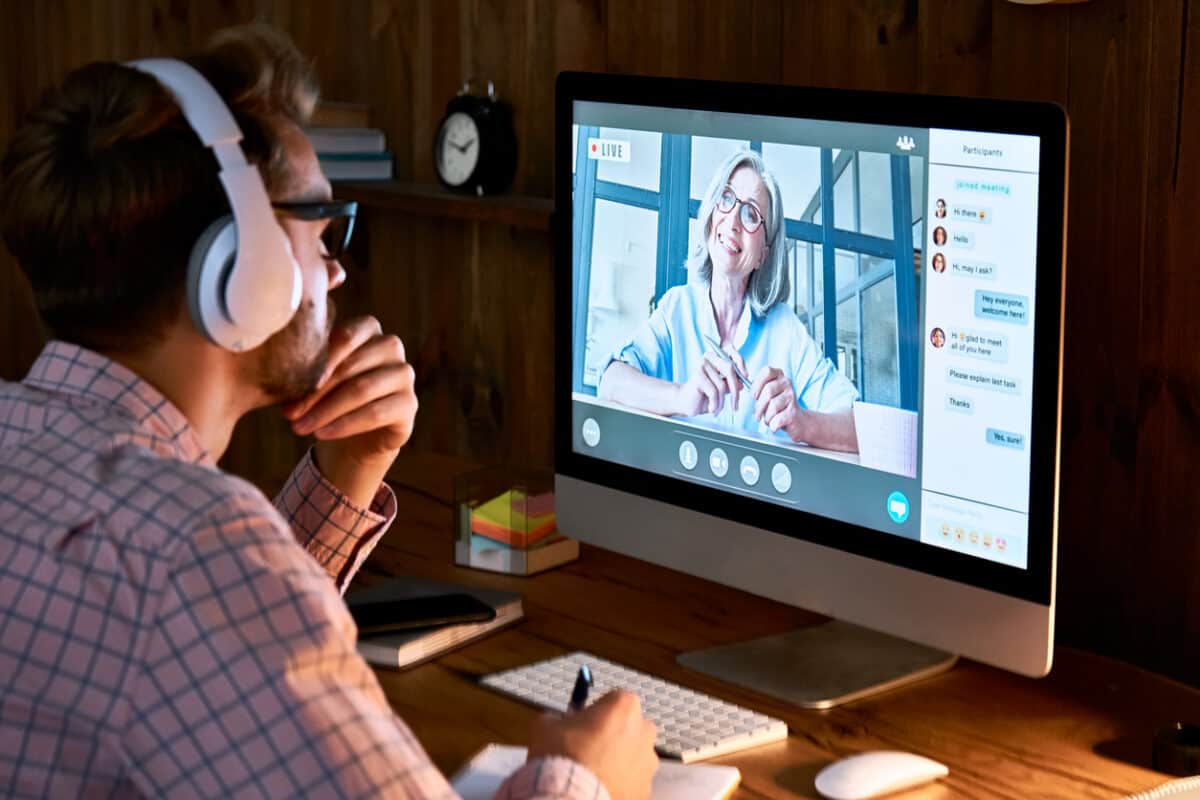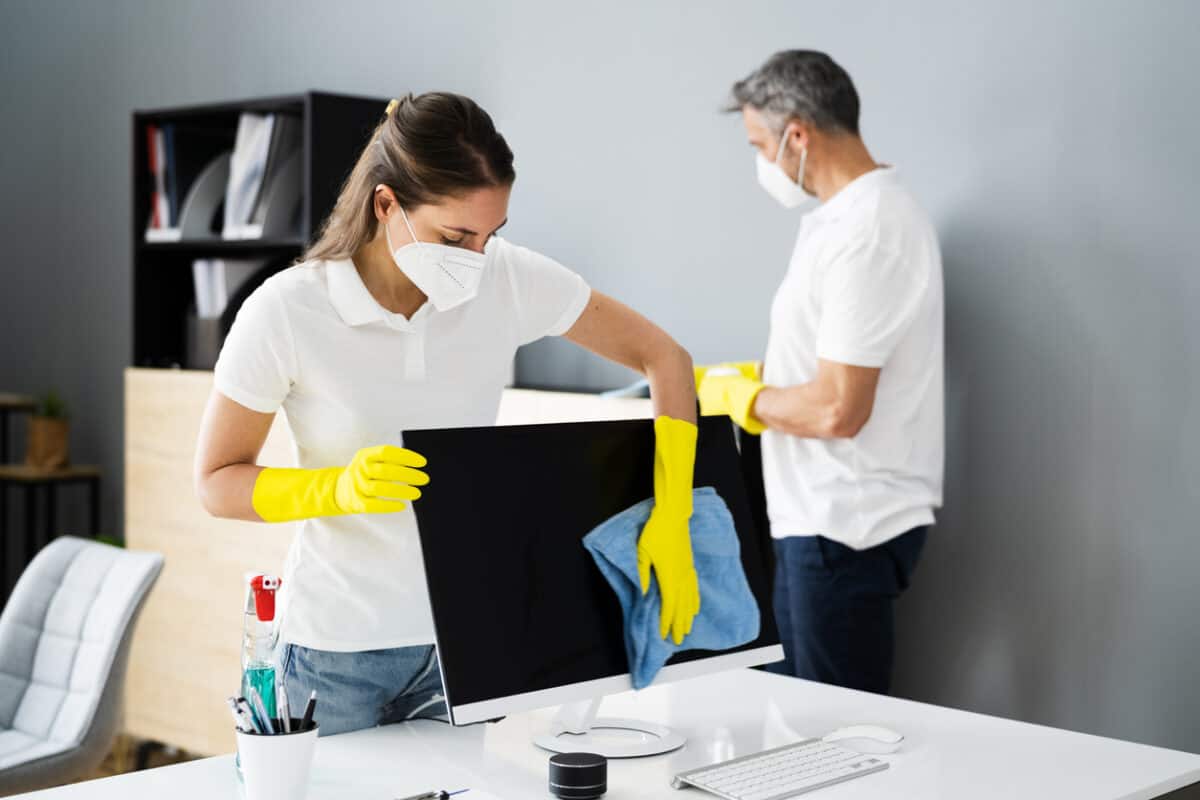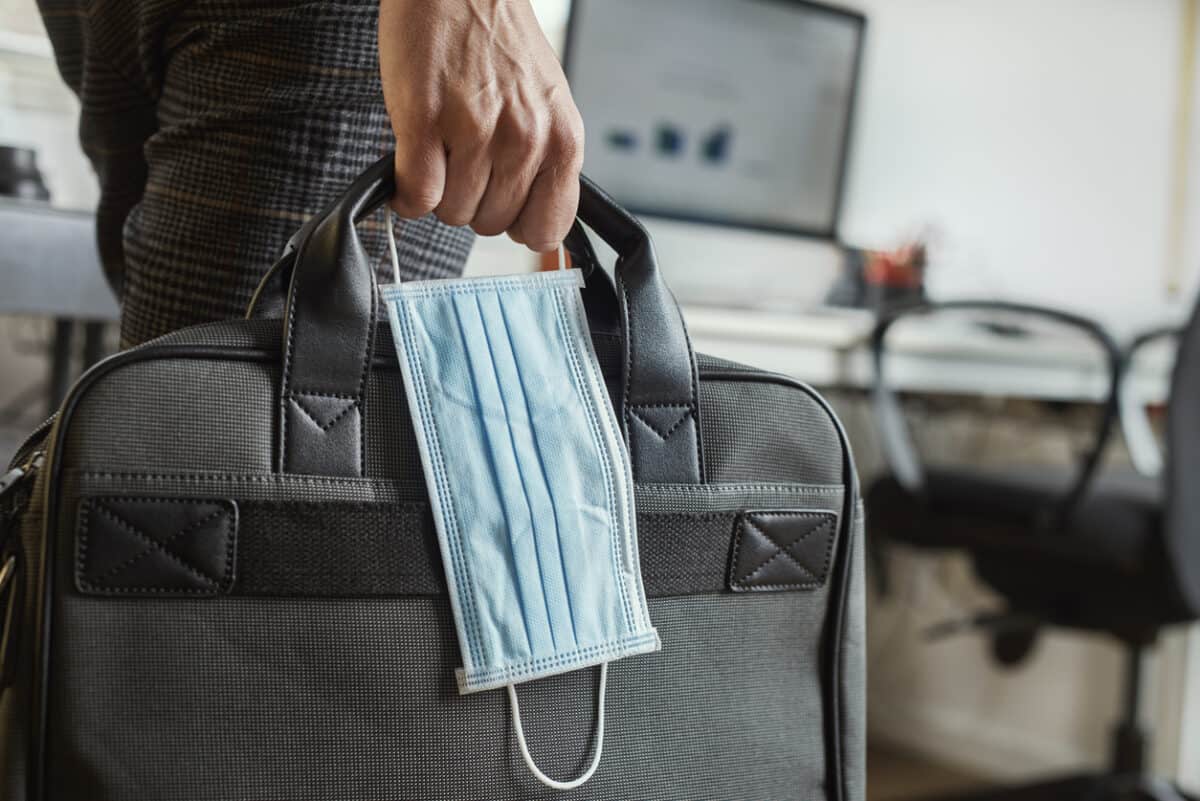The bookshops I visit often have two sections of books marked Business and Management. These categories are interchangeable for occupational health and safety (OHS) purposes, but the shopowners and/or publishers differentiate. Both categories have self-help books – leadership varieties, how to be a better manager, how to make lots of money really quickly (without apparently anyone being exploited!!). Books discussing mental health are in both categories, and three, in particular, seem to show the potential for improvement in mental health and the self-imposed limitations to achieving this.
Category: COVID19
Online training, offline training. What gives?
Occupational health and safety (OHS) training has been forced to revolutionise over the last couple of plague-ridden years from face-to-face in a room to face-to-face online through Teams, Zoom and many other variations. Traditional “in-Room” training is sneaking back, but the majority remains online. However, OHS training providers in Victoria feel they are being pulled from pillar to post by WorkSafe Victoria.
Action on Health and Safety is always a choice
Last week epidemiologist Hassan Vally wrote one article in The Age called either “Health or economy a false choice” or “COVID caution can be a win for both public health and business” (paywalled), depending on the sub-editor and format. Curiously one has a negative implication, the other, the opposite. Either way, the article illustrates the public health dichotomy that mirrors that of occupational health and safety (OHS).
OHS often requires a decision between profit or production and safety. Public Health deciders need to consider the interests of the public and the duties of government. I prefer the former headline because it states that this decision is a “choice”. Safety, occupational or public, is always a choice.
COVID-19 lessons are more likely to come from an independent investigation than from OHS prosecutions
WorkSafe Victoria has a window of two years, within which it must start a prosecution for breaches of the occupational health and safety (OHS) legislation. As a result, a small number of notable prosecutions commenced recently from the early days of the coronavirus pandemic.
Over the last few weeks, Worksafe has started court action against St Basil’s Homes For The Aged, Heritage Care Pty Ltd and an individual nurse.
Vaccine mandates and omission bias
Over the last two years or so, occupational health and safety (OHS) professionals seemed to have been the go-to people for handling the workplace impacts of the coronavirus pandemic. Whether that is fair or not is debatable, but it is likely to repeat reality as workplaces continue to face labour shortages, production and supply disruption and variable exposure to the virus. At the moment, many politicians are uncertain about how to proceed. Employers need to have an operational plan, but they, or their OHS advisers, also need to step back occasionally and look at the larger context.
That step-back perspective is just what Dyani Lewis has done in a small but useful book called “Unvaxxed – Trust, Truth and the Rise of Vaccine Outrage“.
Do what you know is the right thing to do
Currently, Australia has an increase in hospitalisations of people with the latest COVID-19 variants and influenza. The Victorian Government, in particular, is resisting implementing a mandatory requirement for masks even though this Winter had been flagged as a season of high risk for transmissible infections, and such control measures were shown to be effective in previous years.
Regardless of the politics in the Victorian Government’s decision, and there is a lot of politics there with an election in November, what should employers do to reduce the risks of workers catching or transmitting the virus, and so maintain continuous operation and production?
Continue reading “Do what you know is the right thing to do”Mixed OHS messages from business groups on COVID-19
COVID-19 and its variants persist as real risks in Australian workplaces, but employers want workers to continue to return to workplaces. Most of these workplaces have not been redesigned to increase ventilation. Most persist with long desks of multiple users in open-plan arrangements, although some continue with almost continuous cleaning regimes. Employers can argue that they are following public health guidelines (or their absence), but the occupational health and safety (OHS) risks still need managing.







